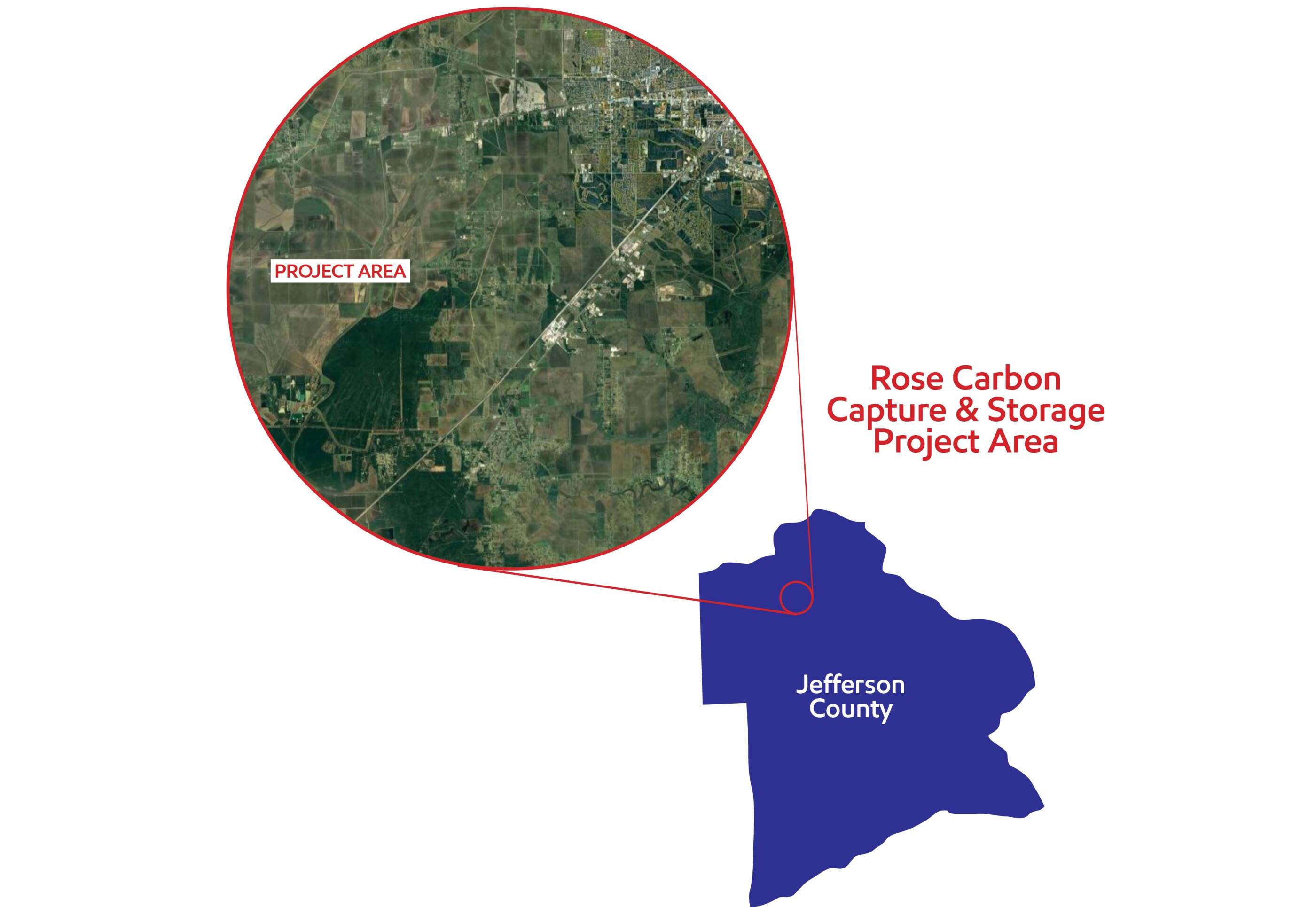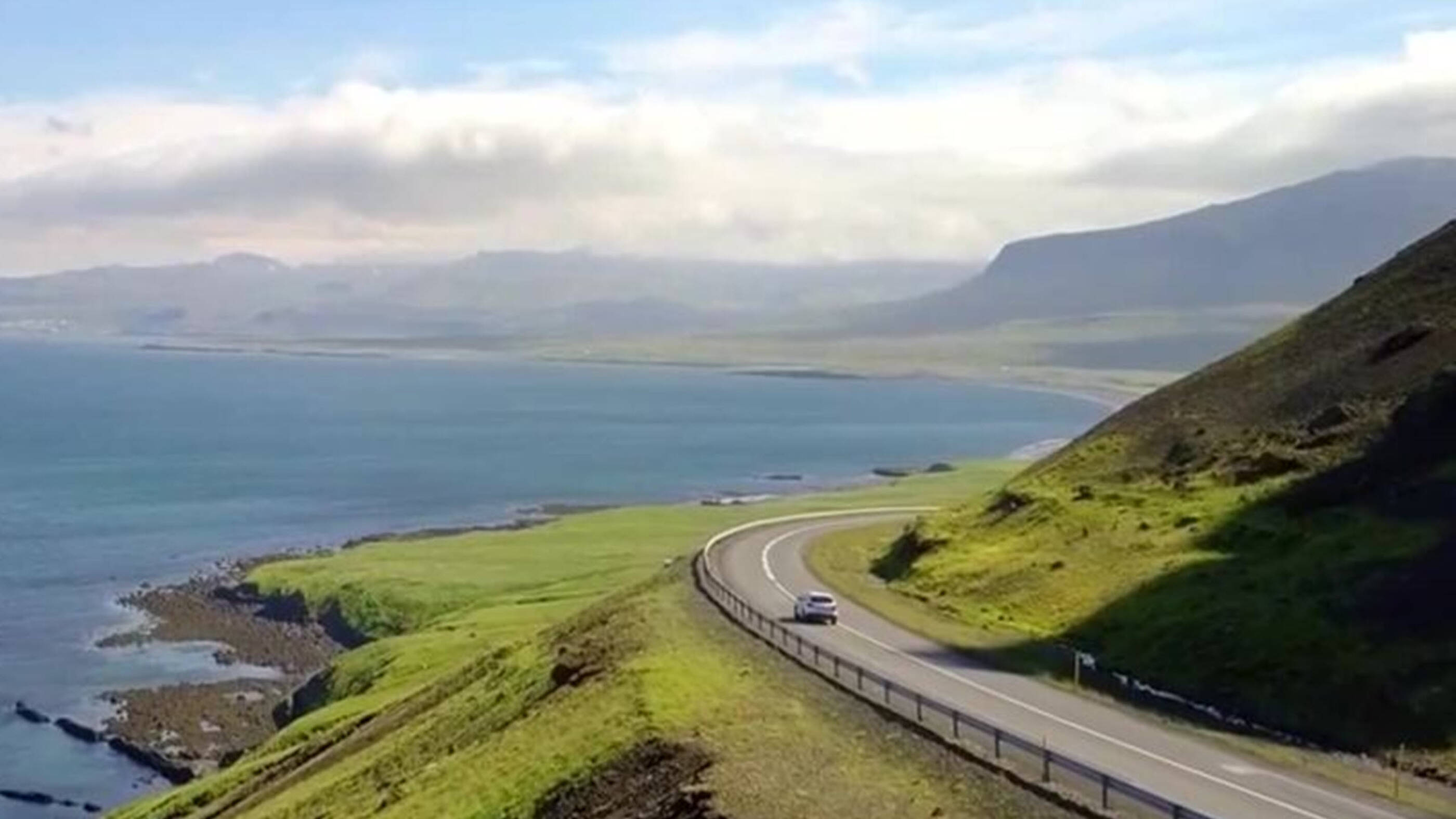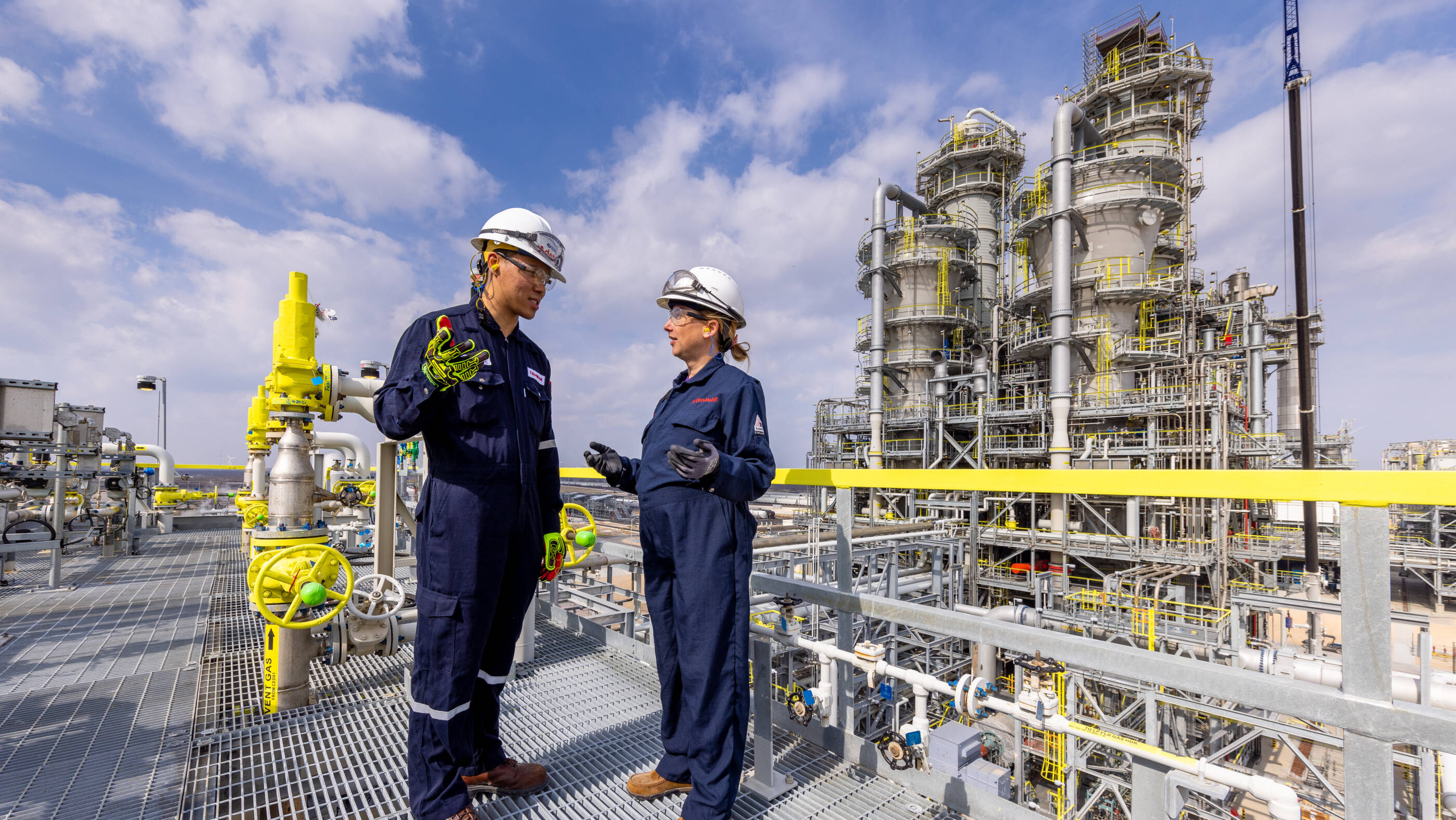Rose Carbon Capture and Storage project
Key takeaways:
- ExxonMobil begin drilling activities for our Rose Carbon Capture and Storage project.
- CCS is a safe, proven, and permanent solution to reduce CO2 emissions.
- A Community Open House will be held June 18 to share information about the project and answer questions.
5 min read
• June 3, 2024Navigate to:
In September 2023, ExxonMobil conducted various activities to help identify whether the subsurface characteristics in the area were favorable for safely storing industrial carbon dioxide (CO2) emissions deep underground. The results of that data collection were positive, and the project team began additional efforts to further plan and develop a CO2 storage project which can help reduce industrial CO2 emissions from being released into the atmosphere.
Earlier this year, ExxonMobil submitted a Class VI well permit application to the Environmental Protection Agency (EPA). All CO2 injection activities are regulated by the EPA or relevant state agencies. Once received, the Class VI permit will authorize ExxonMobil to inject CO2 from industrial sources more than half to one and a half miles beneath the surface for safe, permanent storage.
ExxonMobil is the world leader in carbon capture and storage (CCS) with more than 30 years’ experience designing, constructing, and operating CCS facilities. Carbon capture and storage technology is a proven solution and one of the few available technologies to enable some of the highest-emitting sectors to significantly reduce their emissions.
Current activity
In June, ExxonMobil will begin drilling activities in support of our Rose Carbon Capture and Storage project in the area. While the project plan is designed to limit any potential inconvenience related to our work, you may notice increased construction and drilling activities along a portion of Lawhon Road near Green Pond Gully. While an exact timeline for completion is not yet available, we anticipate that drilling will be complete by November 2024. This activity will include the placement and operation of a drilling rig and associated equipment at various locations in the area. All of the drilling activity that takes place during this time is at least a half mile away from residential communities and will be limited to daytime operating hours. During these operations, our team will not be injecting any carbon dioxide emissions into the subsurface.

Open house event
Building successful relationships within our community begins with a willingness to listen and create opportunities for two-way dialogue. Please join us at our Community Open House to learn about ExxonMobil Low Carbon Solutions and our Rose Carbon Capture & Storage project. Expert members of our team will be present to answer questions and to listen to your feedback as we further develop our Community Benefits Plan. Dinner will be provided.
When: Tuesday, June 18th
5 p.m. to 8 p.m.
Where: Jefferson County Precinct 4 Service Center
7780 Boyt Road
Beaumont, TX 77713
By regularly engaging with community members and local leaders to share information, identify needs, and address concerns, we can deliver community-driven solutions together.
If you would like more information or would like to leave a comment, you can reach us at:
Email: Beaumont.communications@exxonmobil.com
Phone: 1 (888) 364-4222
Frequently Asked Questions
What is CO2?
Carbon dioxide (CO2) is a colorless, odorless gas that is a natural component of our air. It is also a greenhouse gas that is released into the atmosphere from a number of natural and man-made sources, including the combustion of fossil fuels, like coal, oil or natural gas.
What is carbon capture and storage (CCS)?
CCS is the process of capturing CO2, a greenhouse gas released into the atmosphere from a number of natural and man-made sources, and injecting it into deep, underground geologic formations for safe, secure and permanent storage in accordance with state and federal regulations.
How does CCS work?
The first step is to capture CO2 from industrial facilities, like those involved in power generation or manufacturers of essential materials. Once captured, the CO2 is converted to a liquid and transported via pipeline to a location suitable for permanent storage. At the storage site, CO2 is injected for permanent storage into rock formations deep under the surface, far below groundwater. The injected CO2 is held in place by thick, impermeable seal rocks thousands of feet underground, which are similar to the rocks that have kept oil, natural gas and naturally occurring CO2 underground for millions of years. Over time, stored CO2 will either mineralize with the surrounding rock or dissolve. In both cases, CO2 is stored safely and permanently.
Are CCS technologies safe?
Carbon capture and storage technology is a safe, proven, and permanent solution to reduce CO2 emissions, and it has been used for decades. Potential CO2 storage sites are carefully selected only after undergoing rigorous analysis to ensure they are suitable. Once stored, the storage sites are constantly monitored for any potential geologic changes.
Why is this technology necessary?
Carbon capture and storage is one of the few technologies available that can decarbonize the industries along the Gulf Coast that produce the essentials of modern life, protect, and create jobs and generate tax revenue for Gulf Coast communities.
How deep will the CO2 be stored? Will it impact groundwater or drinking water?
Any formation chosen for CO2 storage will be more than 2,700 feet underground. In the case of the Rose Carbon Capture project, the captured carbon will be stored more than half to one and a half miles beneath the surface. This is far enough underground to prevent interaction with the water table. All injection activities are regulated by the Environmental Protection Agency or relevant state agencies to ensure there is no impact to drinking water resources.
Why store CO2 in the Gulf Coast and west Jefferson County?
The U.S. Gulf Coast is ideally suited for carbon capture and storage. The area is home to some of the nation’s most active industrial corridors and sits close to many suitable storage locations. In addition to its existing infrastructure, west Jefferson County has a unique geology that creates the ideal conditions for safe, proven, and permanent carbon storage. Storage locations are selected based on the subsurface geology suitability and other science-based key indicators.
Learn more about carbon capture and storage.
Beaumont
Learn more about our operations in Beaumont, Louisiana.
Explore more

Advancing Climate Solutions





